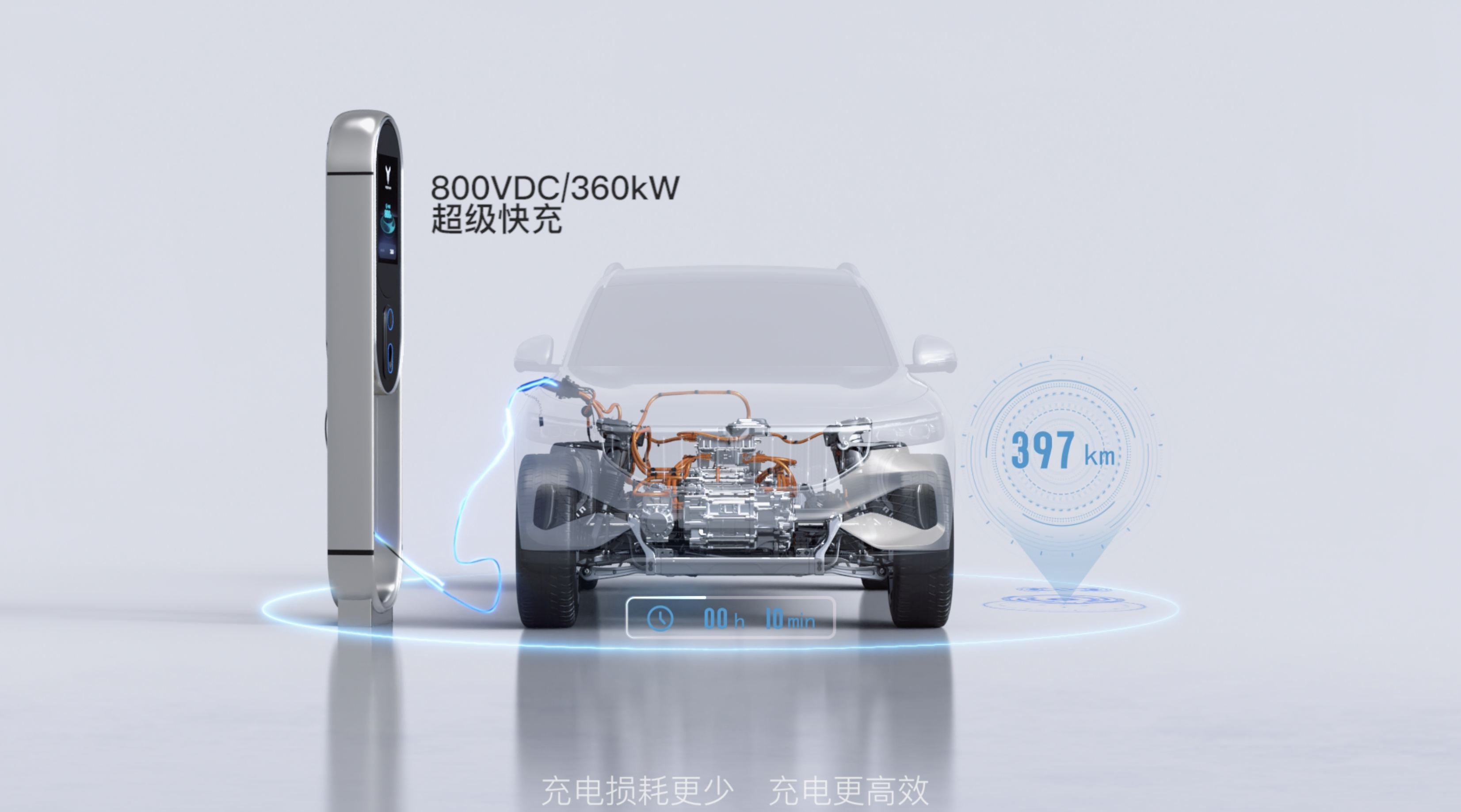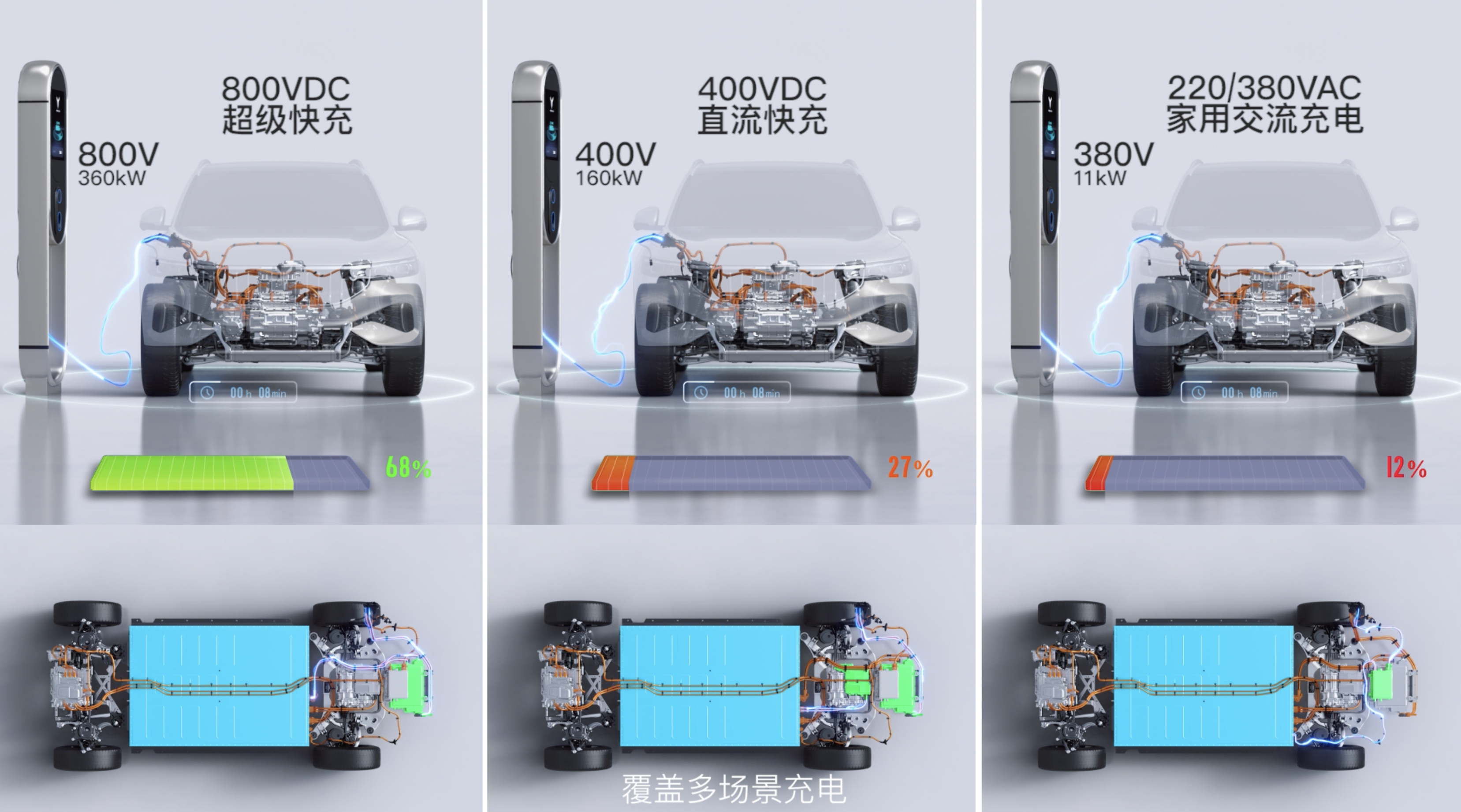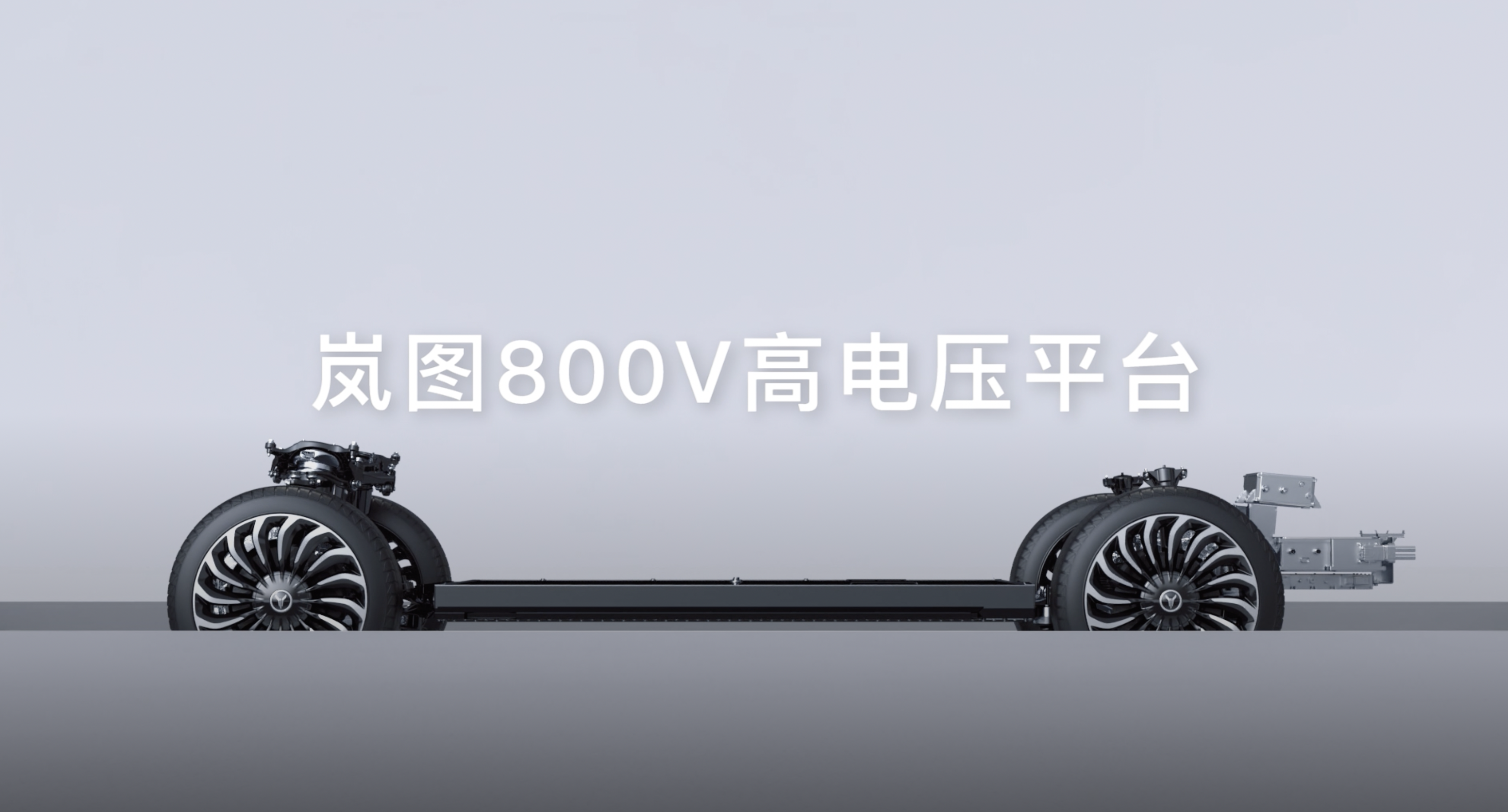High Voltage Platform Enables Voyah’s 800V Fast Charging
Regarding the topic of range anxiety, which is unavoidable for electric vehicles, various manufacturers have come up with their own solutions. Among various types of solutions, faster charging speed may be one of the most widely accepted ones. Since Porsche’s electric sports car Taycan adopted the 800V voltage platform for mass production in 2019, more and more manufacturers have also revealed their own 800V high-voltage platforms. Today, Voyah also released the latest introduction video of its 800V high-voltage fast charging on its official Weibo account. From the introduction video, we can see that Voyah’s 800V high-voltage platform has the following highlights:
Ten-Minute Fast Charge
Voyah’s 800V platform released this time has a charging efficiency of up to 4C, which leads the market. It can charge from 10% to 80% in just ten minutes. In order to achieve such a charging speed, Voyah uses 800V SiC power modules. Since traditional Si power devices have reached the limit of optimization for power applications, SiC becomes the appropriate choice for 800V high-voltage platforms. Compared with Si, SiC has a higher critical avalanche breakdown field strength, larger thermal conductivity, wider bandgap, lower power loss, and smaller cooling module size, which are beneficial to the miniaturization of supporting devices. Currently, the production cars that use high-voltage platforms and adopt silicon carbide materials are the BYD Han EV performance version and the Porsche Taycan.
Full High-Voltage Platform
Achieving such a fast charging speed is not just as simple as using 800V power modules. The increase in the electrical platform voltage means that the entire vehicle needs to be based on a high-voltage platform from the beginning of research and development. This also means that components such as the electric-drive system, power battery, air conditioning compressor, and chargers cannot use ready-made parts, leading to the high cost of the high-voltage platform. However, the effect brought by the full high-voltage platform is also obvious. Voyah claimed that its use of high-voltage SiC electric drive improved efficiency by 5%, and the driving efficiency under the CLTC cycle was increased to 91%.Compatible with Multiple Charging Standards
In addition to switching to vehicle components compatible with high voltage, it is also necessary to match the same charging terminal voltage in order to truly achieve supercharging. This time, Voyah also revealed its 800 V DC/360 kW superfast charging pile, which is claimed to improve charging efficiency by 125% compared to 400 V DC fast charging, with less charging loss. With the help of the thermal management system, it can achieve Tmax<45 degrees Celsius during the charging process, with a temperature difference of <4 degrees Celsius between the battery cells, and it also uses rare liquid-cooled charging guns.

Since it is not always so lucky to find an 800 V charging pile that matches the vehicle at every charging station, whether other charging standards are fully compatible will also affect the user experience of high-voltage platform electric vehicles. From the video, it can be seen that Voyah’s high-voltage platform also supports other charging standards, including 400 V DC fast charging at 160 kW and 220/380 V AC home charging at 11 kW, covering multiple charging scenarios.

The launch of the 800 V high-voltage platform is to improve the charging speed of electric vehicles and reduce user range anxiety. It used to be a fresh thing that could only be seen on the track of the Formula E electric race car before it was civilianized. Currently, in addition to Voyah, BorgWarner, ZF Friedrichshafen, Mercedes-Benz, Geely, Porsche, Hyundai Kia, Lucid, and Polestar have all disclosed their own high-voltage platforms or components. More and more players entering the market to expand the high-voltage platform will increase the demand for SiC and help increase industrial capacity, quickly lowering the price of SiC and achieving the rapid popularization of high-voltage platforms.
🔗Source: Voyah Official Weibo Account
This article is a translation by ChatGPT of a Chinese report from 42HOW. If you have any questions about it, please email bd@42how.com.
